The Philippine coral reefs are not only breathtakingly beautiful, but they also serve as vital habitats for a diverse array of marine species. They provide food, shelter, and protection for countless marine animals, and are a critical component of the country’s fishing industry. Preserving these coral reefs is essential to maintain the rich marine biodiversity of the Philippines.
In this blog, we will explore the importance of Philippine coral reefs and the urgent need for their preservation. We will dive into the rich marine ecosystems they support, the threats they face, and the efforts being made to protect them. Join us as we discover the incredible world of Philippine coral reefs and the crucial role they play in sustaining life on our planet.

The Philippine Coral Reefs
The Philippine Coral Reefs are a spellbinding display of aquatic life that have both captivated and inspired people. They boast a wide array of species, ranging from sharks and stingrays to vibrant schools of fish. Not only do they contain diverse marine life, they also provide protection to the coastline. It reduces catastrophic storms’ financial impacts on local communities.
The crystal waters offer excellent visibility, making them accessible to all kinds of ocean explorers. With proper care, the Filipino coral reefs will continue to be living spectacles where locals and international guests alike can enjoy.

Threats to coral reefs
Coral reefs are an incredibly important part of the marine ecosystem, providing habitat, and a key source of biodiversity. Unfortunately, coral reefs around the world are threatened by a variety of factors. All of these threats place immense strain on coral reef ecosystems and can have devastating impacts on their health. Here are some examples of threats to the coral reefs:
Climate change
Climate change is an increasingly worrying global problem, with devastating impacts on the environment. It has already being seen, particularly on crucial ecosystems such as coral reefs. As temperatures rise, the acidity levels of ocean waters increase, leading to coral bleaching. Corals expel the photosynthetic algae which they rely on for their color and nutrition.
The rising sea-levels may result in coral reefs being completely flooded. These effects could have a catastrophic effect on reef habitats and neighboring communities. It is important that efforts are made to mitigate the damaging effects of climate change.

Overfishing
Overfishing is one of the main threats to coral reefs worldwide. With over 80% of the world’s fisheries fully exploited, the demand for seafood has caused a significant strain. When fishing activity becomes too heavy, it can quickly alter how reef ecosystems function by depleting important food sources. It is eliminating predators and prey and destroying physical habitat structures.
Heavy unintentional bycatch (non-target species) can also harm coral reefs, especially when they contain juveniles. Some fishing practices (e.g., dynamite fishing) may directly damage or destroy coral reefs, which seriously compromises their health. If the rate of overfishing continues unchecked, it can drastically reduce ecosystem productivity and lead to long-term functional declines.

Pollution
Coral reefs are being seriously harmed by human activity. Pollution, specifically agricultural runoff and sewage, is a primary factor that has caused permanent damage. The effects of large-scale agricultural and industrial pollution on coral reefs are wide-ranging and are becoming more severe over time.
The increased emissions from burning fossil fuels has led to acidification in our oceans and an increased water temperature. It has a destructive effect on coral reefs directly or indirectly by eliminating certain species of fish. Without careful attention to preventing nonpoint source pollutants from entering our marine environments. These incredible ecosystems that provide thousands of species with a place to call home will soon be lost forever.

Destructive fishing practices
Destructive fishing practices have long been a serious threat to coral reefs. One of the most common is the use of dynamite and cyanide which destroy huge concentrations of living corals. It simultaneously kills off other species such as fish, crustaceans, mollusks and other invertebrates. When coral reefs are damaged or destroyed due to these practices, there can be an associated spike in nutrient runoff that leads to higher levels of water turbidity.
Many areas where this type of destructive fishing takes place can wind up significantly degrading both marine biodiversity and overall ecosystem health. Prevention or mitigation of these activities is absolutely critical if we want to keep our oceans healthy.

The state of Philippine coral reefs
The Philippines is a tropical country consisting of more than 7,641 islands. Philippines is surrounded by some of the most diverse coral reefs in the world. These vibrant coral reef ecosystems are home to countless species of fish, mollusks and other marine life.
Unfortunately, these delicate living systems have been degraded due to overfishing. Sediment runoff from agricultural practices and other environmental degradation. Of particular concern is the impact from bleaching events caused by rising ocean temperatures.
The Philippines as the “center of marine biodiversity”
The Philippines is recognized as being the center of marine biodiversity. With its areas near the equator, it provides an ideal ecosystem for a variety of species. Its waters are rich in not just fish, but also coral reefs. This makes up almost 15 percent of the world’s reef environments. The health of these ecosystems has been reduced by destructive fishing methods, sedimentation from nearby land-based activities, and climate change.
Nonetheless, conservation efforts have had success in restoring coral reefs back to their original states through policies such as no-take reserves and strong implementation measures such as patrolling resources to ensure that laws are followed. With this hard work from both locals and environmentalists alike, together with innovative technologies that support responsible fishing practices like GPS tracking systems to limit use of destructive fishing methods, there is hope for restored marine biodiversity in the Philippines.
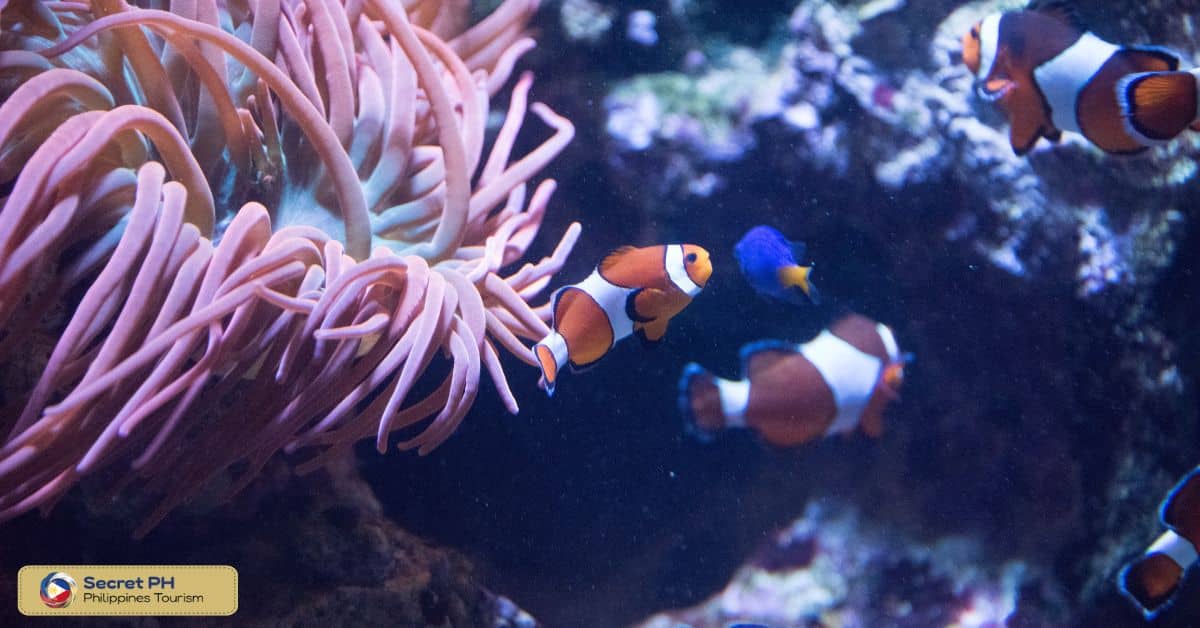
The impact of threats on Philippine coral reefs
The Philippine coral reefs have been under threat for quite some time and as a result, their health and ecosystem are deteriorating rapidly. Pollution, human exploitation and climate change are three of the biggest threats. Not only do they impact the coral reefs directly but also significantly reduce populations of critically important species such as fish, seaweed, and mollusks.
As a result, these species are no longer able to support the foundation of rich marine habitats and communities affected by their decline. In addition to this, overfishing and illegal fishing activities have been reported in in several parts of the country leading to significant resource reduction. All this points to an ominous future for our Philippine coral reefs unless decisive measures are taken to protect them from harm and exploitation.
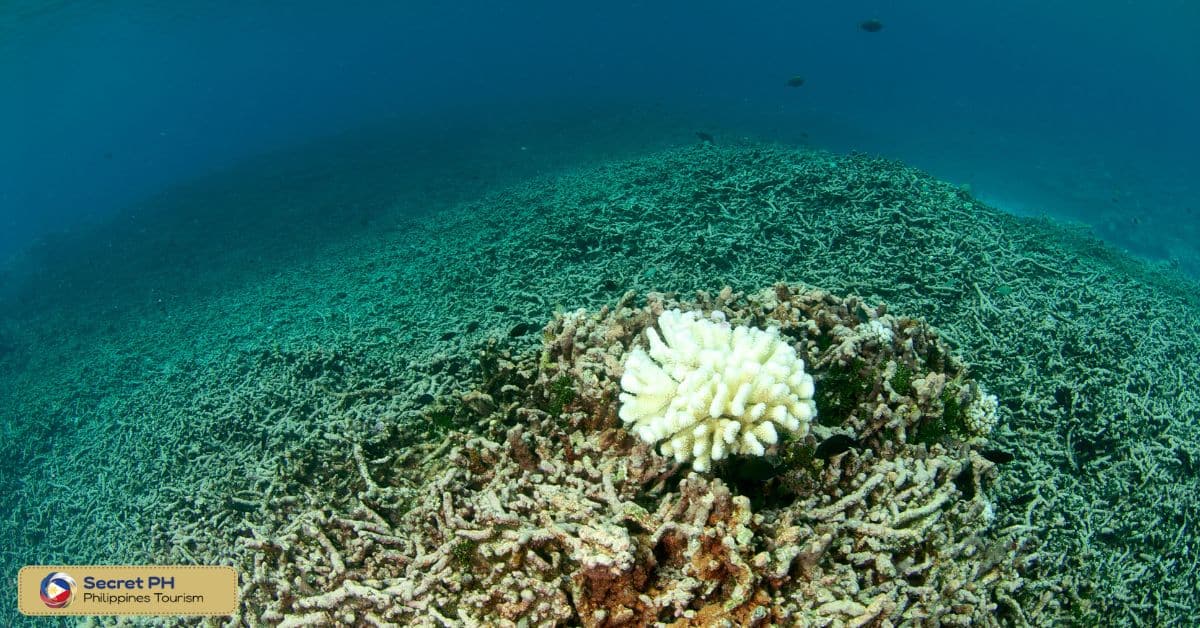
Conservation efforts for Philippine coral reefs
Philippine coral reefs are under threat, so therefore conservation efforts play an important role in protecting them. The aim of conservation efforts is to preserve the ecological integrity and diversity of the reefs. In order to do this, better management and enforcement of the existing fisheries regulations, such as no fishing zones and limiting catch sizes, must be put into place. Taken together, a holistic approach to coral reef conservation could produce long-term benefits that protect these ecosystems into the future.
Coral reef restoration
Philippine coral reefs are essential components of the country’s marine biodiversity and the livelihood of millions of people who depend on fisheries for sustenance and employment. Conservation efforts for these fragile ecosystems have been established to protect and restore them.
Depending on the location, coral reef restoration initiatives often involve activities such as removing accumulated sediments or harvest waste adrift in coral areas, artificial reef deployment, concrete surf break or breakwater placement, transplanting of adult corals from healthy donor sites, propagation of corals from fragmented colonies, or relocation of damaged corals on specially created nurseries.
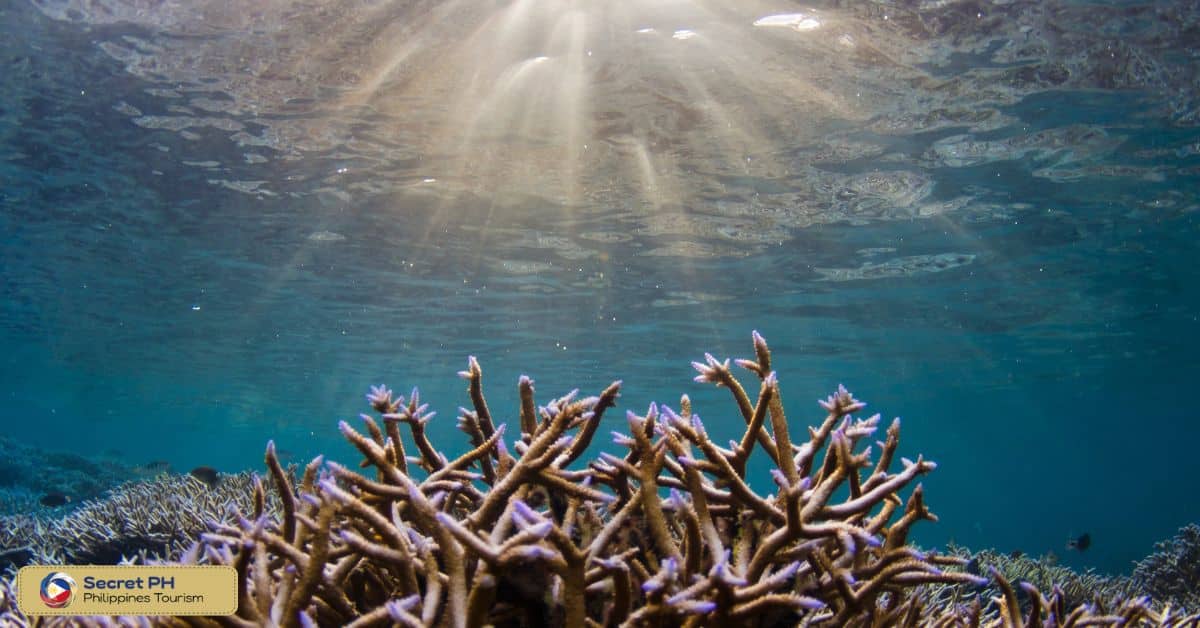
Marine protected areas
The marine protected areas in the Philippines serve to protect and conserve some of the world’s most unique coral reefs. These areas provide a safe haven for fish, mammals, and other aquatic wildlife that inhabit Coral Triangle biodiversity hotspots. The conservation efforts have been vigilant in ensuring the maintenance of water quality, protecting livelihoods, promoting food security and providing essential resources, such as sustainable fisheries and clean water.
Through strict enforcement of environmental laws and regulations, these areas have maintained their health and continue to be among the best places to view untouched species in their natural environment. This has been beneficial not only for the surrounding communities but also for future generations seeking to appreciate this natural wonder.
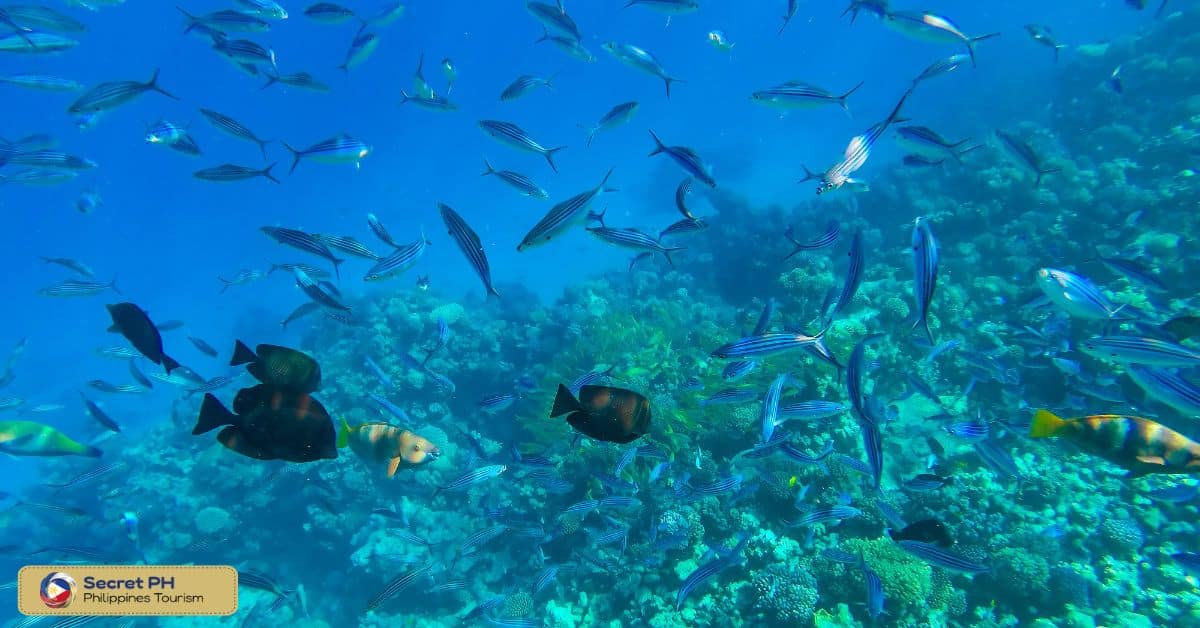
Sustainable fishing practices
Many areas of the Philippine coral reefs have faced problems such as unsustainable fishing methods which have caused a decrease in its marine biodiversity. However, organizations are making proactive conservation efforts towards sustainably managing these coral reefs for future generations.
A few examples include creating buffer zones, increase protection of endangered species, implementing regulations on sanitation and fishing practices, and educating locals on sustainable fishing methods to ensure the prosperity of the fish population while continuing to provide resources for locals to harvest.
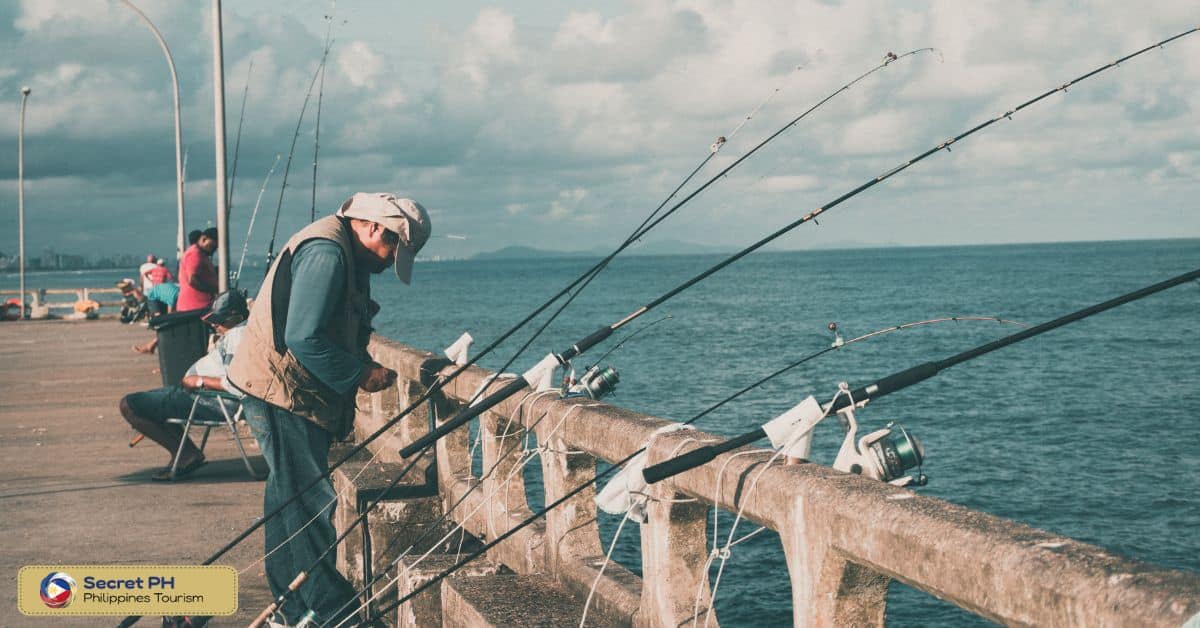
Community-based conservation efforts
Community-based conservation efforts are essential for sustaining Philippine coral reefs. Building local awareness and stewardship are key steps in preserving and restoring the coral ecosystems. Active engagement by local communities can provide first-hand effective monitoring of reefs, help to protect against destructive fishing practices, and raise funds for both short-term and long-term management plans.
A successful approach includes sharing knowledge among local guides, fisherfolk, and coastal communities on the value of conserving these amazing ecosystems as well as tangible rewards like income conservation benefits for participating people. Structured programs such as public participation campaigns, education drives, and awareness activities ensure that the message is spread widely and effectively understood.
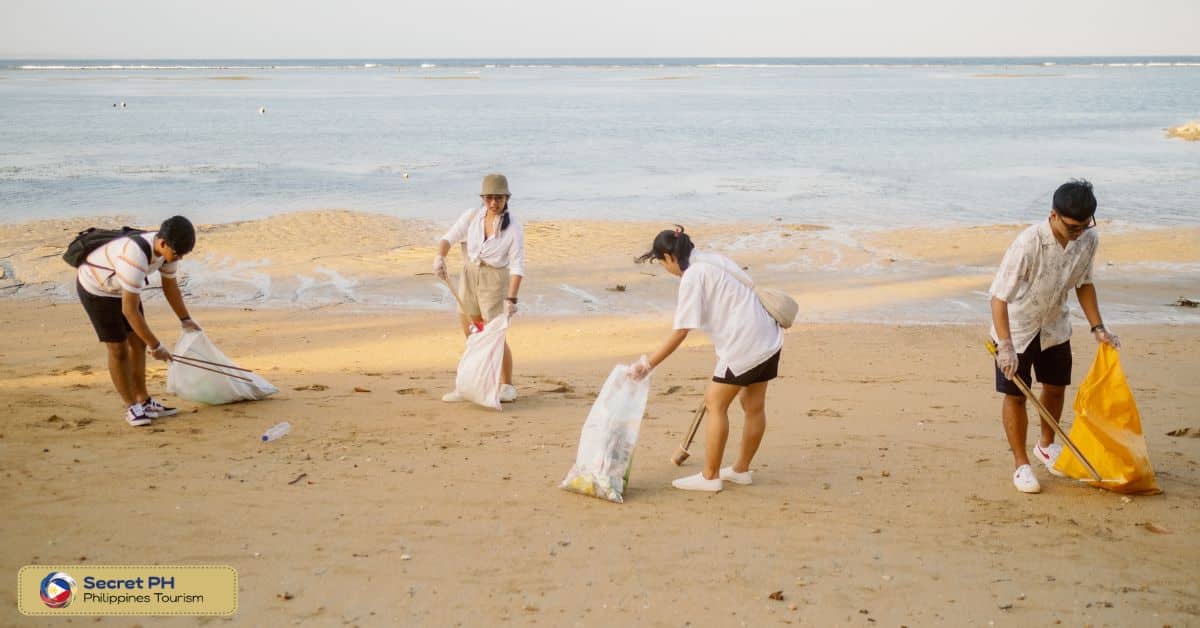
In Conclusion
Philippine coral reefs are essential to the health of coastal and marine ecosystems due to the fact that they support a variety of species and provide food, protection, and unique habitats. Unless immediate action is taken to restore corals, degradation and depletion of marine biodiversity will be inevitable.
Preserving these life-sustaining ecosystems is therefore paramount for providing future generations with the same benefits of healthy marine environment. All stakeholders must join hands in this effort by adopting sustainable practices and introducing regulations that help promote conservation. While we recognize the challenges posed by climate change, poverty, and pollution, through collaboration among all sectors. We can ensure that our fragile marine environment is preserved.







